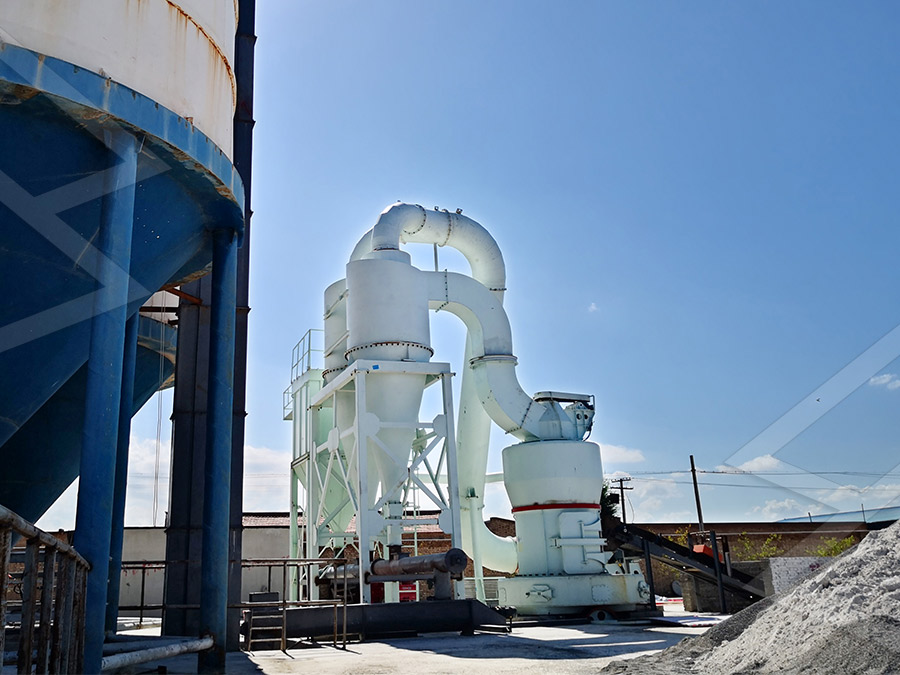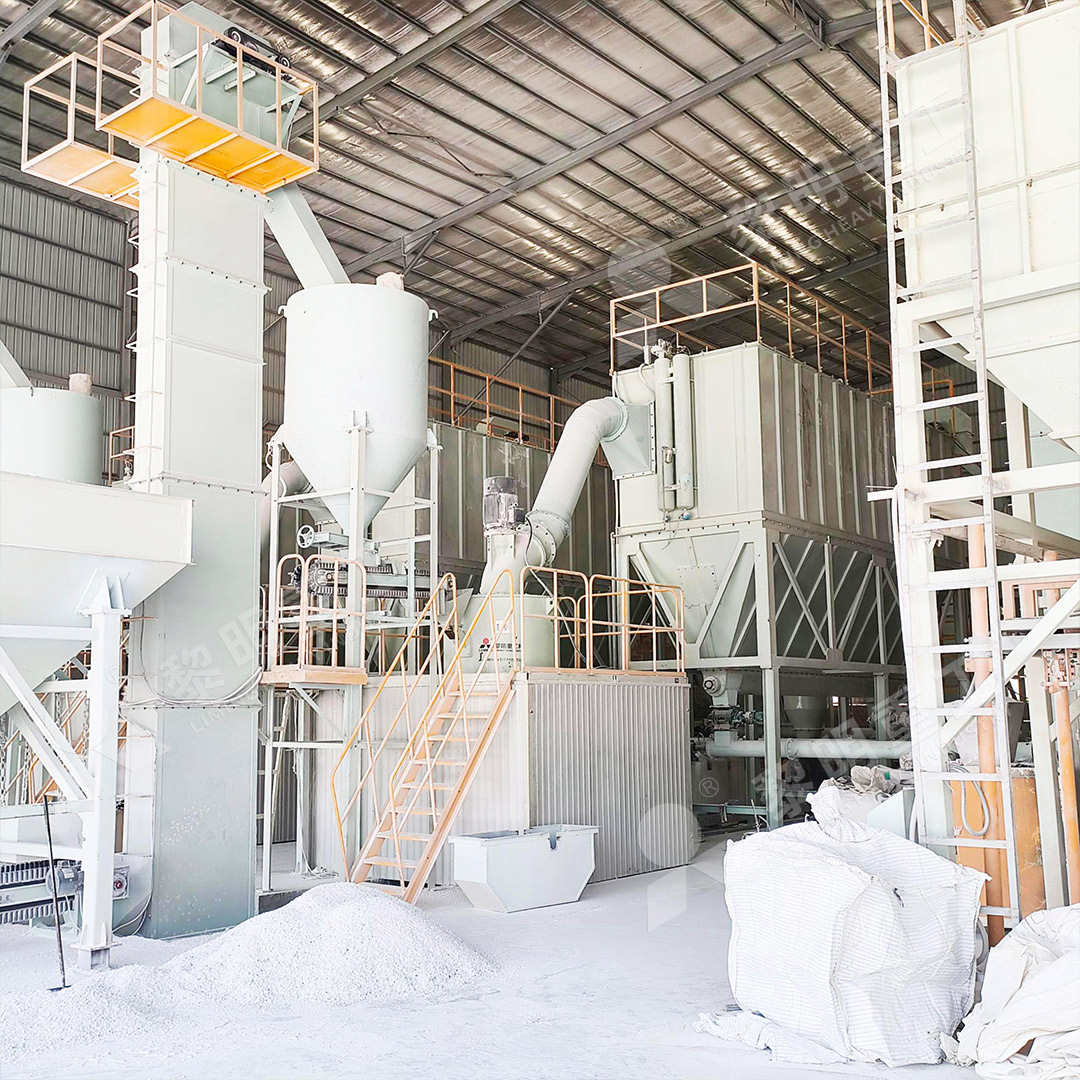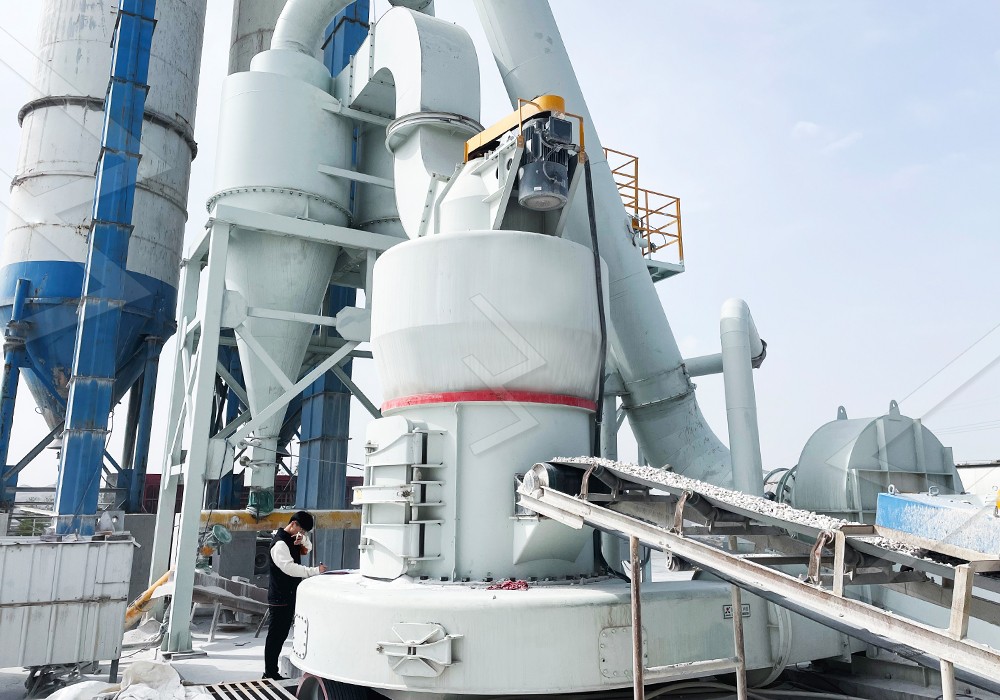Soapstone Grinding Machines: Crushing and Milling Equipment Guide
We provide a wide range of mills — including Raymond mill, trapezoidal mill, vertical mill, ultrafine mill, and ball mill, obtained ISO9001 international quality certification, EU CE certification, and Customs Union CU-TR certification. Suitable for processing minerals such as limestone, phosphate, quicklime, kaolin, talc, barite, bentonite, calcium carbonate, dolomite, coal, gypsum, clay, carbon black, slag, cement raw materials, cement clinker, and more.
The discharge range of these mills can be adjusted to meet specific processing needs, typically from 80-400 mesh, 600-3250 mesh, and can achieve the finest particle size of up to 6000 mesh(D50).
If you are looking for a reliable grinding solution to turn stone or minerals into fine powder, please feel free to contact our online customer service.
Soapstone Grinding Machines: Crushing and Milling Equipment Guide
Soapstone, or steatite, is a metamorphic rock prized for its softness, heat resistance, and smooth texture. Its applications span from sculpting and countertops to industrial uses as a filler in paints, plastics, and ceramics. The key to unlocking soapstone’s value lies in efficient and precise grinding. The transformation of raw soapstone lumps into fine, consistent powder demands robust and specialized milling equipment. This guide explores the critical considerations for selecting the right machinery for your soapstone processing operation.

Understanding the Grinding Process
The journey from raw rock to fine powder is a multi-stage process. It typically begins with primary crushing using a jaw crusher to reduce large blocks to a manageable size, often below 50mm. The pre-crushed material is then fed into a grinding mill. The choice of mill is paramount, as it directly impacts production capacity, energy consumption, and the final product’s fineness and quality. Factors such as the desired mesh size, required throughput, and the mineral’s natural softness must be carefully evaluated.
Key Equipment for High-Quality Soapstone Powder
While traditional Raymond mills or ball mills can process soapstone, modern operations demand higher efficiency, finer outputs, and better environmental controls. For producers aiming for ultra-fine powders (325-2500 meshes) with superior whiteness and cleanliness, advanced grinding technologies offer significant advantages.
An excellent choice for this application is our MW Ultrafine Grinding Mill. This machine is specifically engineered for customers who need to produce high-quality ultra-fine powder. It handles an input size of 0-20 mm with a capacity ranging from 0.5 to 25 tons per hour. A standout feature is its innovative grinding chamber design, which contains no rolling bearings or screws, eliminating concerns about bearing damage or loose screws causing machine failure. Furthermore, the MW Series is equipped with an efficient pulse dust collector and muffler, ensuring a clean and quiet operation that meets stringent environmental standards. Its cage-type powder selector, incorporating German technology, allows for precise fineness adjustment between 325 and 2500 meshes.

For operations seeking a vertical mill solution that integrates grinding, drying, and classifying, the LUM Ultrafine Vertical Grinding Mill presents a compelling option. With an input size of 0-10 mm and a capacity of 5-18 tph, the LUM mill is renowned for its energy efficiency, reducing consumption by 30%-50% compared to ordinary mills. Its unique roller shell and lining plate grinding curve facilitate easy material layer formation, resulting in a high rate of finished product in a single pass. This enhances the whiteness and cleanliness of the soapstone powder, which is critical for high-value applications like cosmetics and food additives. The mill’s reversible structure also simplifies maintenance, allowing for easy access to grinding rollers.
Maximizing Efficiency and Minimizing Downtime
Beyond selecting the right machine, operational best practices are crucial. Consistent feed rates, proper maintenance of wear parts like grinding rollers and rings, and monitoring the grinding pressure and separator speed ensure optimal performance. Both the MW and LUM mills are designed with digitalized processing for high precision and are backed by a sufficient supply of genuine spare parts, guaranteeing worry-free operation and minimal disruption to your production line.

Frequently Asked Questions (FAQ)
What is the typical fineness range achievable for soapstone powder?
With advanced mills like the MW Series, soapstone can be ground to a fineness between 325 and 2500 meshes (d97 ≤ 5μm). The exact range depends on the specific mill model and its configuration.
How does soapstone’s softness affect mill selection and operation?
Soapstone’s softness (1-1.5 on the Mohs scale) is an advantage. It generally requires less grinding force, leading to lower energy consumption and reduced wear on grinding components compared to harder minerals. However, it is essential to choose a mill that can generate a stable material bed for efficient inter-particle grinding.
What are the primary advantages of a vertical grinding mill for soapstone?
Vertical mills like the LUM series offer a smaller footprint, integrated drying and grinding capabilities, and higher energy efficiency. They are particularly effective for achieving consistent product quality with low iron contamination, which is vital for high-purity applications.
How important is dust control in soapstone milling?
Extremely important. Soapstone dust can be a respiratory irritant. Modern mills, including our MW and LUM models, are designed as closed systems with efficient pulse jet dust collectors, ensuring a clean working environment and compliance with environmental regulations.
